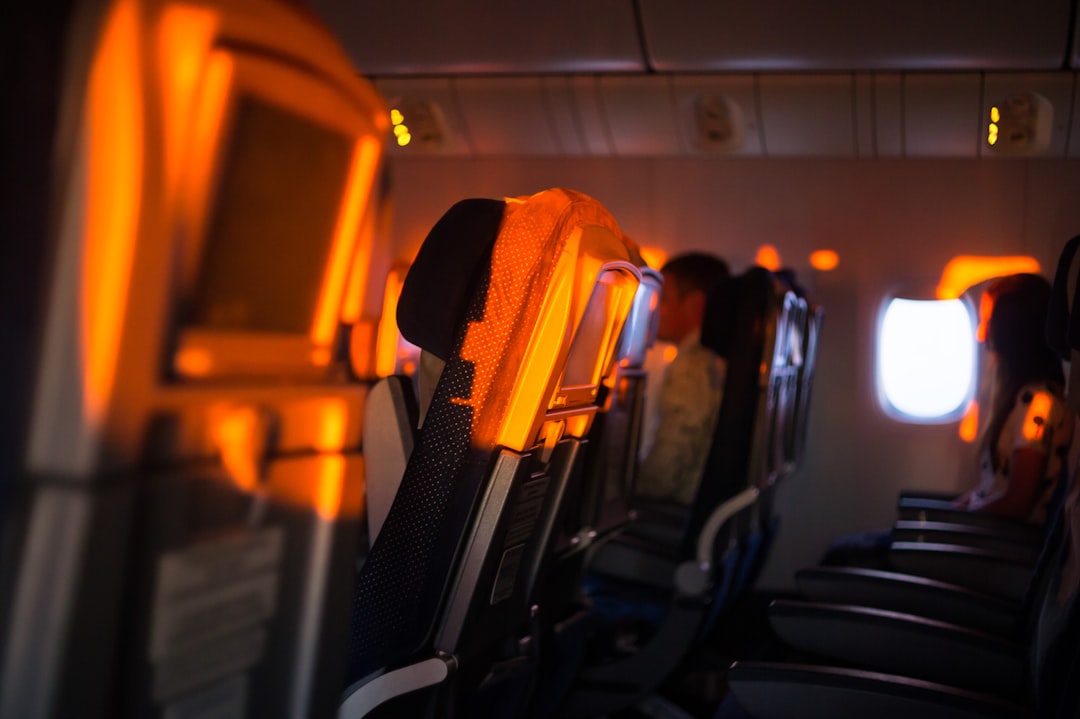“`html
Scientists study a feathered fossil to uncover secrets of bird flight’s origins. How did the earliest birds first take to the skies?
Feathered Fossil Unlocks Secrets of Ancient Bird Flight
Uncovering the mysteries of flight is no small feat, but a newly analyzed fossil might just be the key to understanding how the earliest birds first soared. A feathered fossil, found in a rock formation in China, is providing new clues about how flight may have evolved in birds millions of years ago.
A Step Back in Time
Dr. Emily Grant, an expert in paleontology from the University of Arizona, explained, “This fossil is a treasure trove. It shows features that suggest a transitional form between non-avian dinosaurs and birds.” The fossil, which dates back roughly 120 million years, boasts both feathers and structures similar to modern birds. It’s as if this creature lived in two worlds: one of dinosaurs and one of birds.
Researchers have long debated how flight started in birds. Some theories suggest gliding from trees, while others propose ground-up takeoff. The fossil presents a mix of characteristics, hinting at different possibilities. “It’s like finding the perfect missing puzzle piece,” said Dr. Grant with excitement.
New Insights from an Old Find
With a wingspan of approximately two feet, this ancient creature wasn’t the size of today’s birds. However, its feathers indicate it may have been capable of some form of flight. Dr. James Linwood from the National Museum of Natural History mentioned, “We’ve found evidence of muscle attachment sites that are remarkably similar to those of birds today. It suggests this creature might have had some powered flight abilities.”
A surprising statistic published by the Journal of Ancient Lifeforms reveals that around 70% of early bird-like dinosaurs had some form of feathered limbs. This supports the idea that the evolution of flight in birds could have started much earlier than previously thought.
Birds may be chirping, “better late than never,” as more evidence surfaces about their ancient relatives. The fossil analysis shines light on the evolutionary steps that led from ground-dwelling dinosaurs to the sky-surfing birds we know.
This discovery doesn’t just add to the understanding of avian history; it also reinvigorates debates among scientists. The precise pathway to flight remains one of the great questions of paleontology, but this fossil offers valuable insight. The findings will be exhibited at the National Museum, promising to be a feather in the cap for both paleontologists and visitors alike.
With ongoing research, experts hope to uncover more fossils that could fill in the gaps. As Dr. Linwood humorously put it, “We’re bird-watching in deep time, and every new find is like spotting a rare species. Each feathered fossil is a reminder of the complex dance of evolution.”
“`




